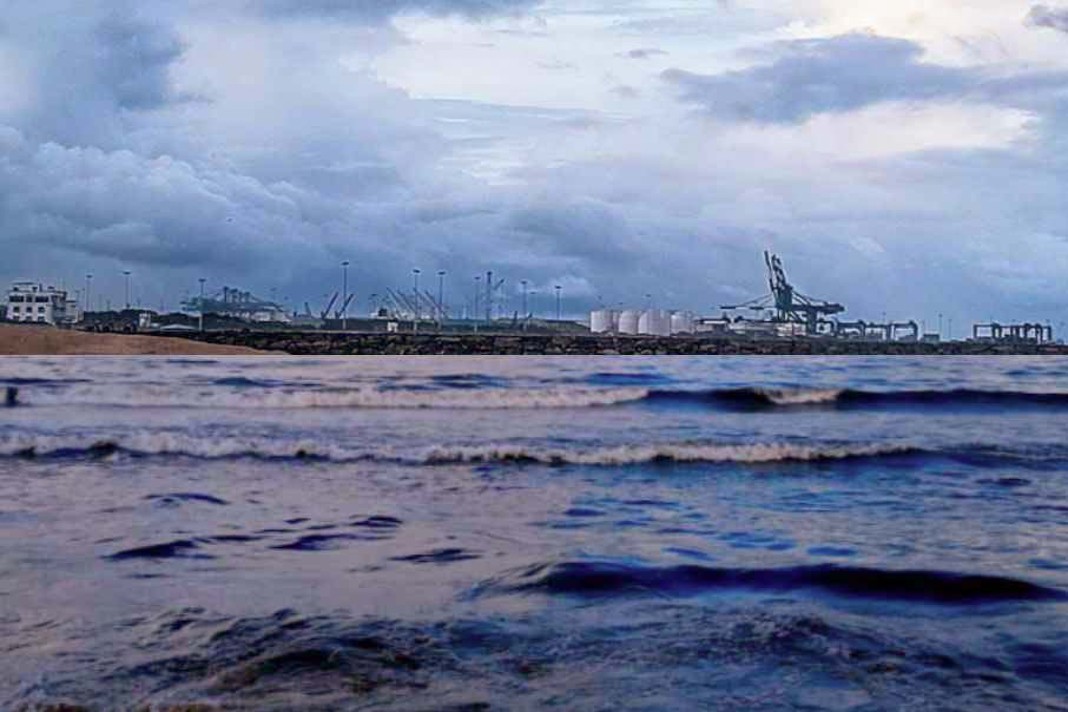According to Danish Ship Finance (DSF), the IMO’s Carbon Intensity Indicator (CII) which became effective this year is a “failed market mechanism” that should be replaced by a voyage index that will give shippers more transparency.
Transparency And Benchmarking
In a recent press briefing, IMO secretary general Kitack Lim said that the collaboration between stakeholders is to be ramped up with round tables to discuss the future direction of IMO policy. One of the key elements of the IMO’s decarbonisation plans remains CII, but this measure has been heavily criticized as a flawed regulation by many observers, including DSF, though Lim pointed out that the review of CII is due in 2026, not before.
“The IMO has introduced a framework that aims to deliver transparency and benchmarking, but the Carbon Intensity Indicator (CII) fails to produce environmental benchmarks that allow vessel operations to be compared on an apples-to-apples basis. Take terminal efficiency as an example. Under the CII framework, the environmental impact from terminal operations is compared across regions instead of performance being benchmarked among peers,” said DSF in its latest market report published on 14 November. According to DSF, a voyage index would provide better visibility to shippers of the energy consumption and will allow them to make more informed decisions on the suitability of ships with respect to meeting shippers’ Scope 3 emissions, thereby allowing for reductions to take place.
“Cargo owners can introduce a cap on ocean costs if they commit only to paying fuel costs in accordance with the voyage benchmark index (weather-adjusted). At the same time, they can maximize their potential Scope3 emission reductions if they allow the operator to earn the difference between the budget and the released energy consumption. Shipowners will be paid for performance,” DSF argues. Moreover, the benchmark can be reduced annually to take into account the development of new fuels that are aligned with global emission targets.
Carbon Pricing
With a cap on ocean costs, freight owners will be able to be confident in signing long-term contracts, while owners will be encouraged to “order new vessels built for performance rather than the asset game”. A voyage index could play a critical role in the future with the EU Emissions Trading System (EU ETS) becoming effective from January, but the IMO is working to implement a global system for carbon pricing, so that all shipping is involved, rather than just vessels calling at EU ports. A more accurate approach to measuring carbon intensity will be required, and the IMO is aware of the need for a unified and rapid reduction in carbon intensity, as well as the need to provide economic certainty to the industry and its stakeholders.
As such Lim was at pains to emphasize that “the EU will respect a global solution [for a market-based measure (MBM)] by IMO, we have a plan to develop an economic measure by 2025 and that will enter into force in 2027,” Lim told journalists, adding that “we continue to communicate with the Commission.” Moreover, Lim said that he has agreements, following discussions with nation state representatives, that the IMO’s decarbonisation plans will be adhered to, he said all member states have agreed on this timeframe.
Did you subscribe to our daily newsletter?
It’s Free! Click here to Subscribe
Source: ContainerNews






















